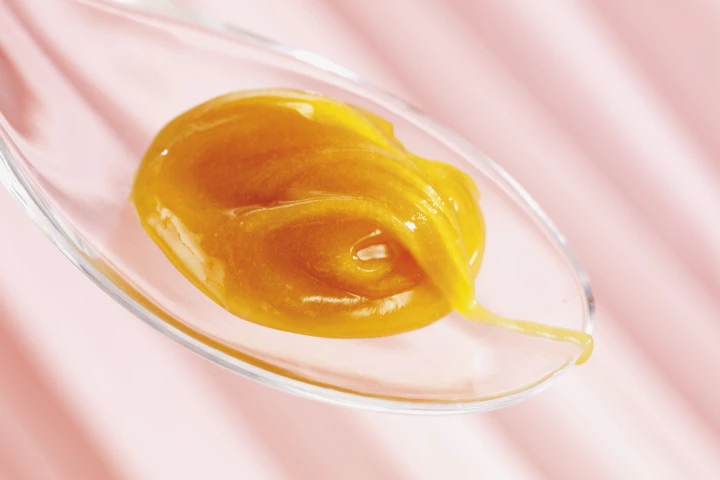Newcastle University
-
A giant quantum vortex has been created in superfluid helium in a lab at the University of Nottingham. Its behavior was found to mimic that of black holes and may help astrophysicists gain deeper insight into these galactic gravity gobblers.
-
It was just this week that we heard how a fungus-based material could be used as fireproof insulation. Well, scientists have now created a similar material, known as mycocrete, that could one day be utilized to grow parts of buildings.
-
Scientists from Newcastle University have shown how regular exercise can increase the concentration of cancer-fighting proteins in the blood, which slow tumor growth and limit damage to DNA.
-
A new test has been developed to assess the likelihood of an early-stage melanoma either spreading or recurring. The test measures levels of several proteins in a biopsy, helping doctors assess which patients require more frequent follow-ups.
-
Researchers have developed particles called dendrimers that are covered in tiny tentacles, arranged in patterns too small for the immune system to detect. These could be handy for delivering drugs or camouflaging implants to prevent rejection.
-
A new "biological" apartment under construction in the UK will provide scientists with a means of exploring health as it relates to surrounding microbes, along with the development of structures that can be built with living materials.
-
We're on the brink of a sixth major extinction event, largely thanks to human activity and climate change. The least we could do is try to prevent some of them, and now a study has quantified how many species we may have saved in the last few decades.
-
When it comes to farm animals being raised in subpar conditions, chickens often have it particularly rough. A new system that analyzes chick vocalizations, however, could help alert farmers (or authorities) when things really need to change.
-
Scientists at Newcastle University have happened upon a particularly promising example if a carbon capture technology, developing a low-cost membrane that assembles one of its own key components as it absorbs CO2.
-
Bronze Age swords make for impressive museum displays, but how were they used? To find the answer, scientists teamed up with history enthusiasts to combine laboratory studies with staged experimental fights using replica weapons.
-
It turns out that there still are new things under the sun – or in this case, under the water. Scientists have recently discovered not one but two previously-unknown species of the six-gill sawshark, which is itself rarely seen.
-
Since ancient times, honey has been used to boost the healing of wounds. In a 21st Century twist, it has now also been incorporated into a surgical mesh coating that could help prevent post-operative infections.
Load More











